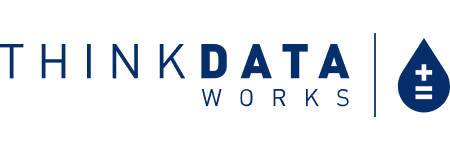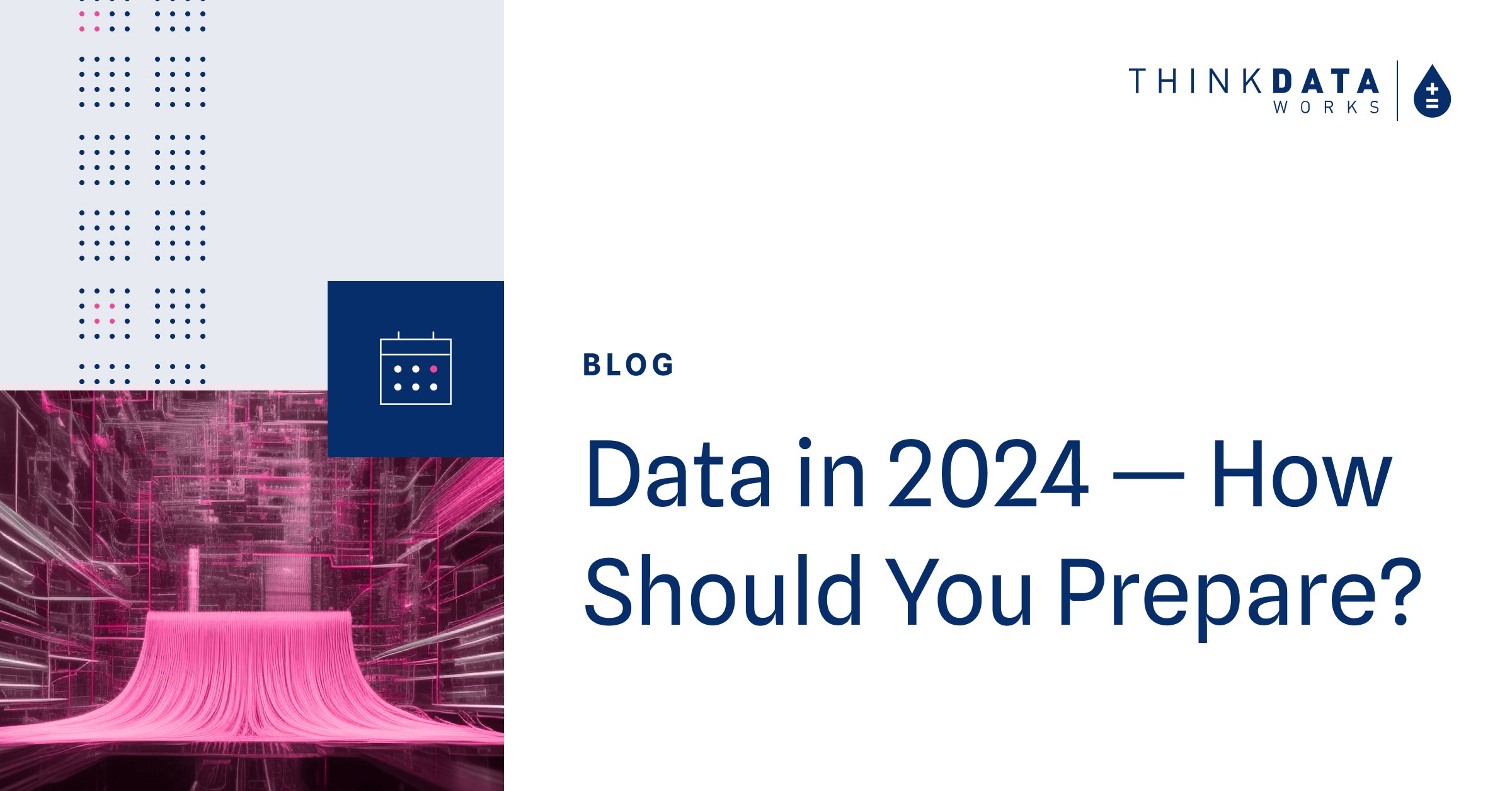4 min read
4 min read
How a Data Catalog Enables Data Democratization
April 8, 2021 9:00:00 AM EDT
For many organizations, data is a business asset that’s owned by the IT department. Based on this ‘data ownership’ model, there’s limited access to data across the organization, and no transparency around what’s available internally.
Now, an increasing number of organizations are rushing to mandate organization-wide data strategies. But with the isolated data ownership model in place, how can organizations ensure that everyone who needs data can find it and use it?
Although data scientists and analysts are the ones closest to data, all business units now need data (and data know-how) in order to achieve digital transformation goals. That means data access and sharing needs to be a priority.
The 2021 New Vantage Partners Big Data and AI Executive Survey reports that more than three quarters of these executives said they haven’t created a data culture. Furthermore, only about 40% said they are treating data as a business asset and that their enterprises are competing on data and analytics.
It’s clear that data is top of mind for most companies, but it’s still a separate idea rather than the foundation of every decision. Across business units, and even within individual departments, there are still barriers, silos, and isolated workflows that slow progress. To drive a data-first culture, data has to be the central point that every department and decision can be built on – and that’s achievable through data democratization.
What is data democratization?
Data democratization makes data accessible within your organization so that everyone, not just your IT department, has access to data. Bernard Marr, bestselling author of “Big Data in Practice,” puts it clearly: “It means that everybody has access to data and there are no gatekeepers that create a bottleneck at the gateway to the data. The goal is to have anybody use data at any time to make decisions with no barriers to access or understanding.”
Data democratization lays the roadways for people to find, understand, and use data within their organization to make data-driven decisions.
The internal resistance against data sharing
Data is a commodity that can unlock new opportunities, so it makes sense that better access means better results. However, there’s a lot of data that contains sensitive information, meaning that easier access to the data breeds security risks. This threat has led to all data being treated more or less the same way – closed by default, access being granted on a case-by-case, need-to-have basis.
This does make sense; data privacy should be a priority. But often, useful data that should be more available gets lumped in with sensitive information. In fact, Forrester reported that within enterprise companies, 73% of data still goes unused. Where else in your business would you be okay running at 27% capacity?
Another obstacle in the way of data democracy is the assumption that data isn't used the same way, so it therefore can't be shared. Every department uses data for different purposes, so it makes some sense to assume it can't be shared among business units. That leads to the same data being purchased in several different places, or duplicative work in building connectors and data prep & cleansing. Either way, you're probably spending money on the same problem more than once.
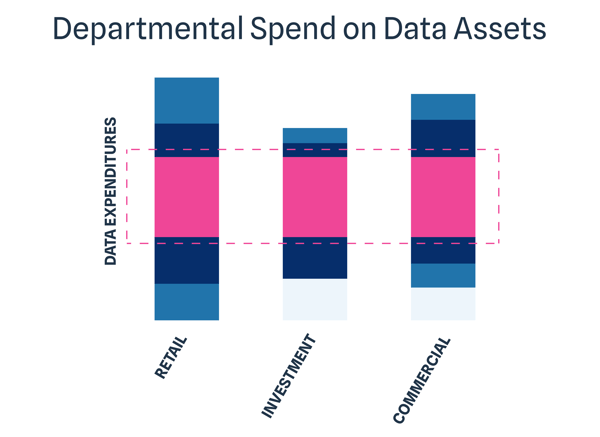
For example, we can assume that every division of a given bank tracks economic indicators. But without wider data asset visibility, every division manages that data separately. This means multiple purchases of the same data, redundant work, lower efficiency, and an erosion of your bottom line.
There are a lot of tools that will transform, warehouse, ingest, or present data – all of the things you need to do, right? But no matter the toolset, if there’s no cultural alignment among data initiatives, there’s no chance of reaping the full reward. Cost savings, new revenue, and improved decision-making truly take off when data is considered as part of the design and process, not a separate, black-box add-on.
How a data catalog enables data democratization
The first step towards data democratization is to break down data silos. That sounds like a tall order, but the right tools can help.
A data catalog is a popular solution, as it allows organizations to centralize their data, then find, manage, and monitor data assets from one single point of access. Gartner reported that organizations with a curated catalog of internally and externally prepared data will realize double the business value coming from analytics investments this year.
Key advantages to data catalogs are that they allow users to discover all the data your organization has access to, no matter the source or which department acquired it, but under strict governance rules. Additionally, they can also offer data virtualization capabilities so that users can retrieve data without moving it from its existing warehouse. This is a major advantage for data privacy and residency requirements.
There’s a variety of data catalog solutions available in the market. Ensure the solution you choose provides a foundation for data governance and data sharing. By 2023, organizations promoting data sharing will outperform their peers on most business value metrics.
How ThinkData enables data democratization
ThinkData’s catalog solution offers visibility and governance of any data assets from any source. Once data is accessible from a centralized location, you need to think about how your organization will be able to share and connect to data with integrity.
Since the GDPR was launched in 2018, over €274M (over $350M) in fines have been passed down – and 92% of these fines were the result of insufficient legal basis for data processing and security. The ThinkData catalog is built to help you comply with GPDR, CCPA, and other regulatory requirements. What’s more, the platform is flexible enough to adapt to changing market conditions.
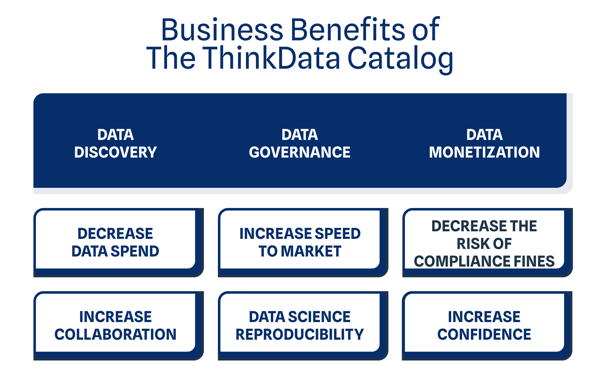
We surveyed data science experts in our ThinkData State of Data 2021 survey. What we found is that 86% of data scientists name role-based access control an important or very important feature when managing datasets. The ThinkData catalog enables effective data management through role-based access control and data forensics activities. Using Namara, users can grant or restrict data access; track datasets across updates; and audit data access, dataset health and more.
We also offer a seamless connection to the world’s largest repository of open, public, and partner data. This provides access to trusted, product-ready datasets and increases speed of discovery, shortens time to insights, and bolsters data confidence.
Forging a data culture isn’t easy. The right training and executive support need to be in place across your business functions, not just your technical teams. That common goal and framework will foster cultural alignment in centring operations around a data catalog.
Data should be used by more and more people, not just data scientists, and most companies are working towards this goal. But if there’s a cultural mismatch between tools and training, it will be an uphill battle trying to meet your goals. We offer introductory data governance assessments that will help you discover the blind-spots in your current strategy.
Democratizing data internally improves data access, reduces overhead costs, and promotes confidence and consistency. In an incredibly unpredictable environment, it’s no surprise that organizations are racing to implement a data-first approach to safeguard and optimize their operations. Promoting intra-organizational transparency will enrich your company’s understanding, capabilities, and resilience, and it’s never been more important.
Do you think your business has a need for a data catalog to find, understand, and use trusted data to drive business outcomes? Please reach out.
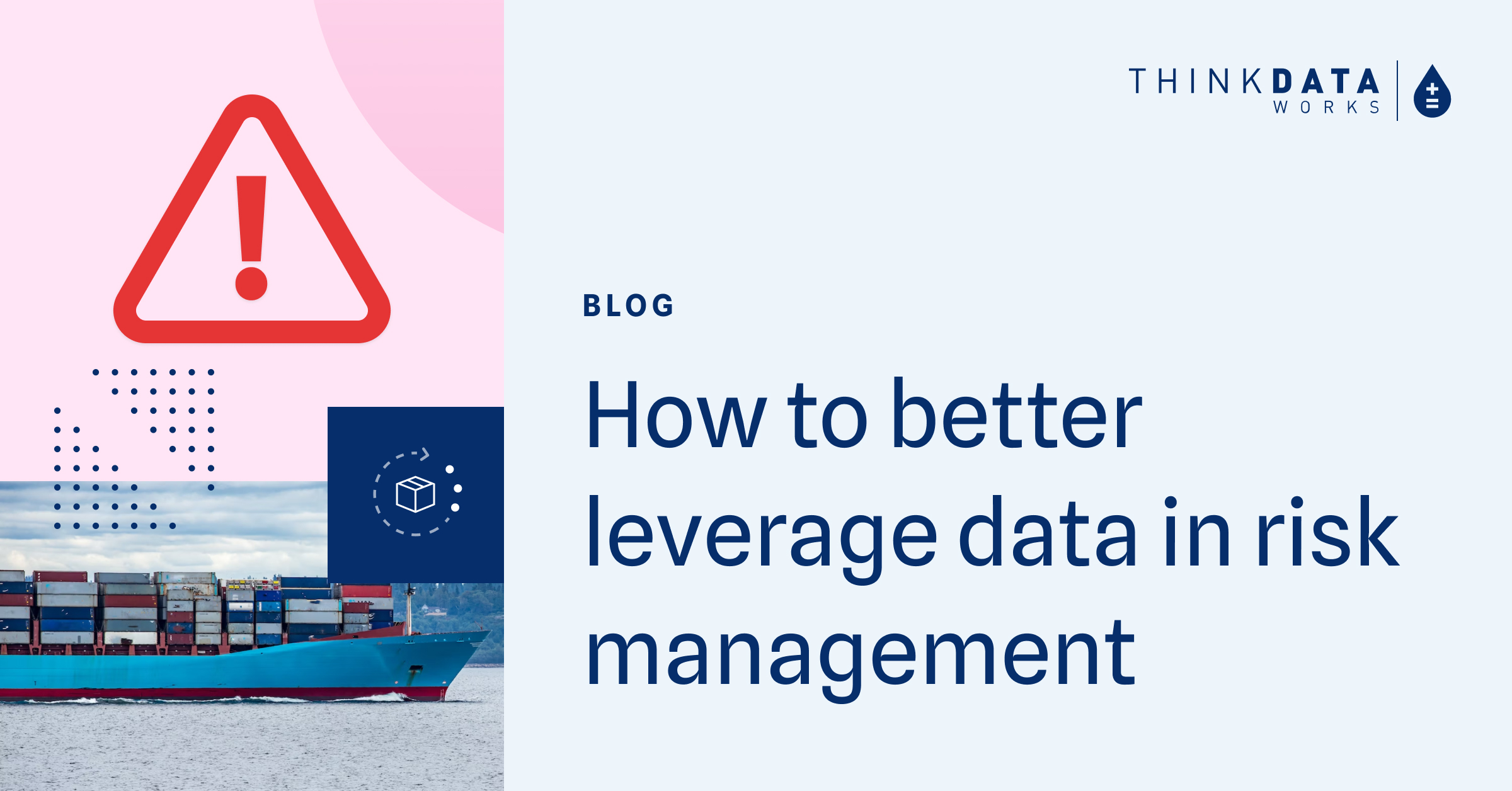
4 min read
How to better leverage data for risk management and crisis response
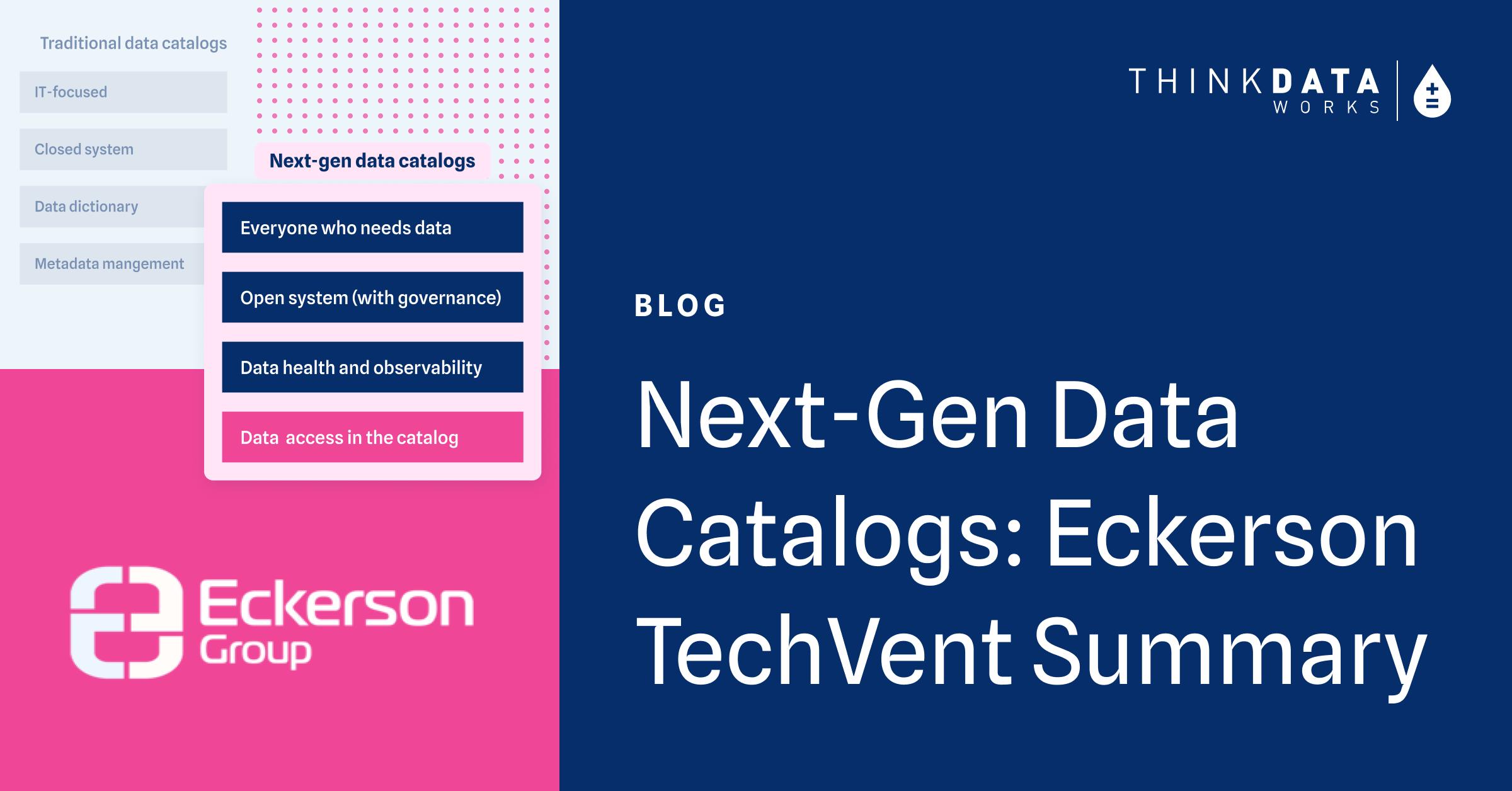
3 min read
